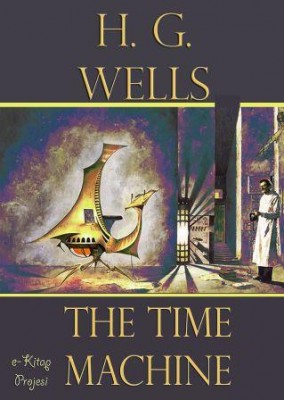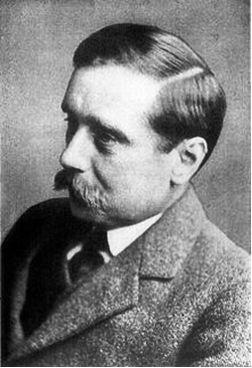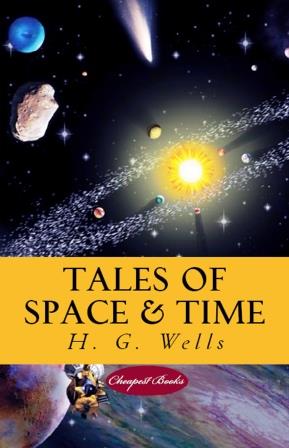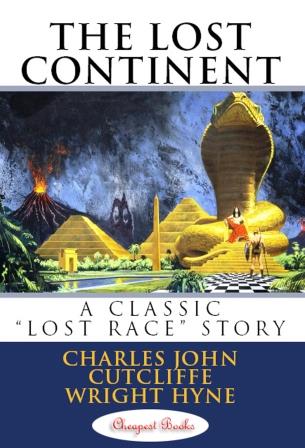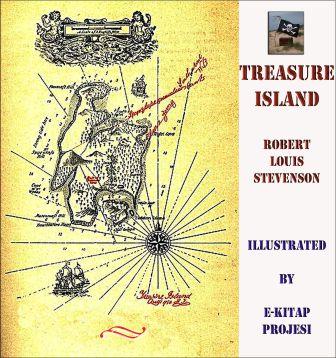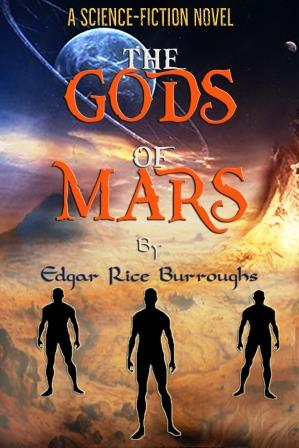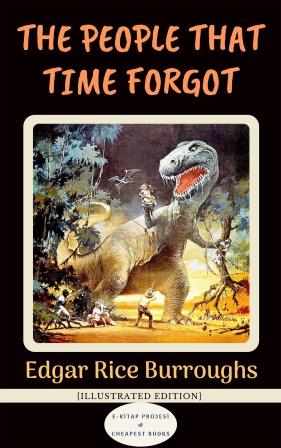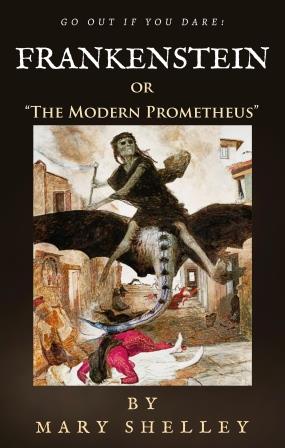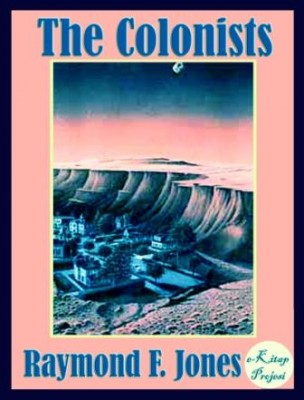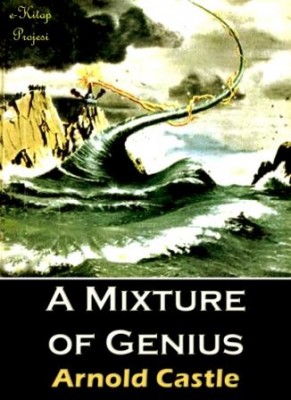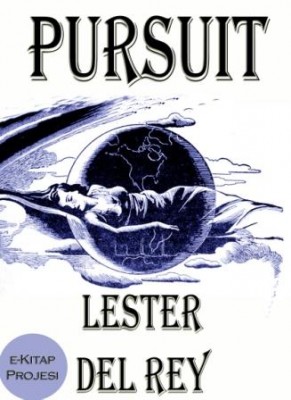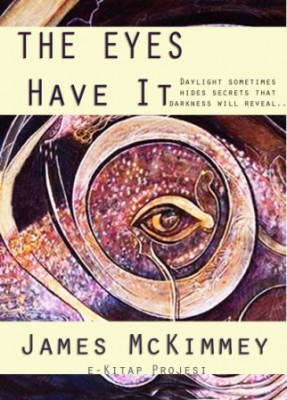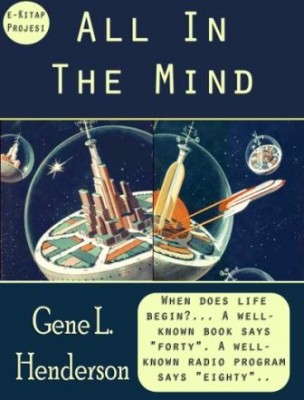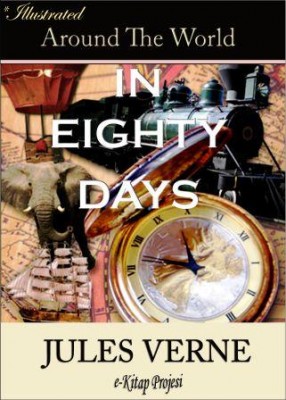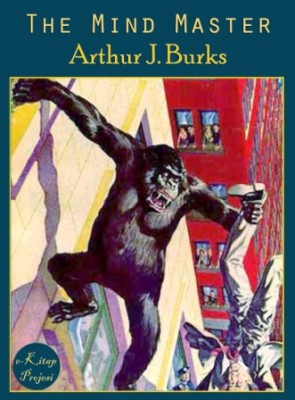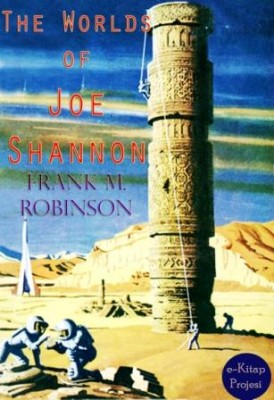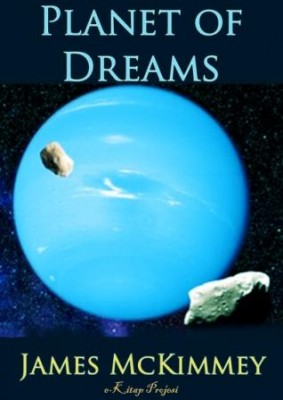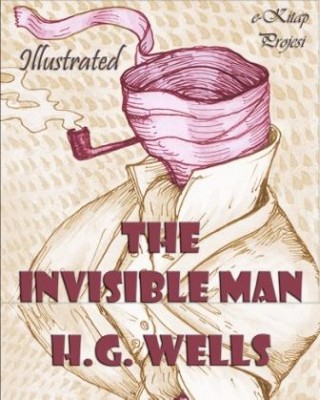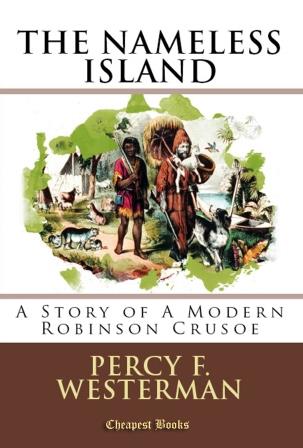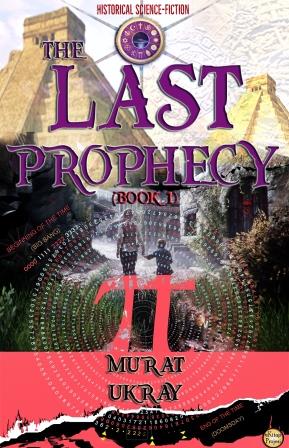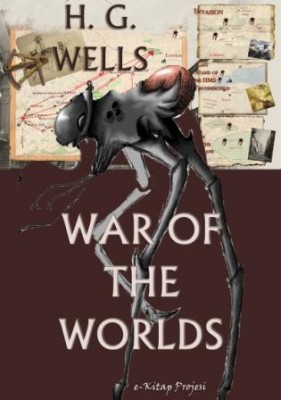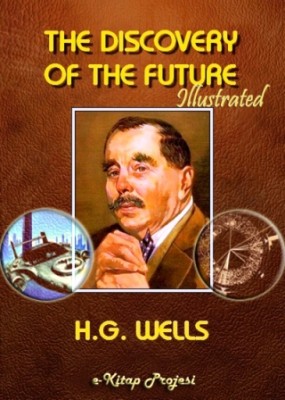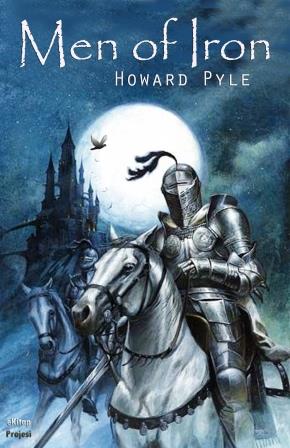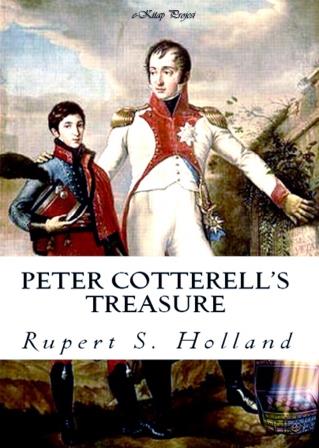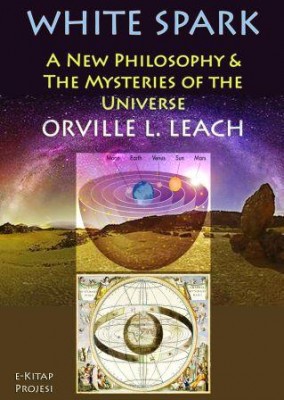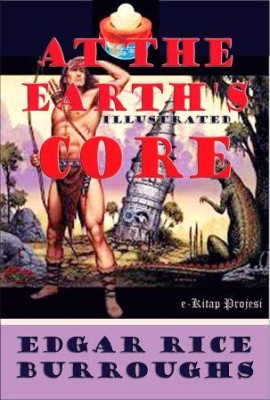The Time Machine is a science fiction novella by H. G. Wells, published in 1895. It is generally credited with the popularisation of the concept of time travel by using a vehicle that allows an operator to travel purposefully and selectively. The term "time machine", coined by Wells, is now universally used to refer to such a vehicle. This work is an early example of the Dying Earth subgenre.
The Time Machine has since been adapted into two feature films of the same name, as well as two television versions, and a large number of comic book adaptations. It has also indirectly inspired many more works of fiction in many media.
History
Wells had considered the notion of time travel before, in an earlier work titled The Chronic Argonauts. This short story was published in his college's newspaper and was the foundation for The Time Machine. Wells frequently stated that he had thought of using some of this material in a series of articles in the Pall Mall Gazette, until the publisher asked him if he could instead write a serial novel on the same theme; Wells readily agreed, and was paid £100 (equal to about £10,000 today) on its publication by Heinemann in 1895. The story was first published in serial form in the January to May numbers of The New Review (newly under the nominal editorship of W. E. Henley).
The story reflects Wells's own socialist political views, his view on life and abundance, and the contemporary angst about industrial relations. It is also influenced by Ray Lankester's theories about social degeneration, and share many elements with Edward Bulwer-Lytton's novel Vril. Other science fiction works of the period, including the Edward Bellamy novel Looking Backward and the later film Metropolis, dealt with similar themes.
Chapter I
The Time Traveller (for so it will be convenient to speak of him) was expounding a recondite matter to us. His grey eyes shone and twinkled, and his usually pale face was flushed and animated. The fire burned brightly, and the soft radiance of the incandescent lights in the lilies of silver caught the bubbles that flashed and passed in our glasses. Our chairs, being his patents, embraced and caressed us rather than submitted to be sat upon, and there was that luxurious after-dinner atmosphere when thought roams gracefully free of the trammels of precision. And he put it to us in this way—marking the points with a lean forefinger—as we sat and lazily admired his earnestness over this new paradox (as we thought it) and his fecundity.
'You must follow me carefully. I shall have to controvert one or two ideas that are almost universally accepted. The geometry, for instance, they taught you at school is founded on a misconception.'
'Is not that rather a large thing to expect us to begin upon?' said Filby, an argumentative person with red hair.
'I do not mean to ask you to accept anything without reasonable ground for it. You will soon admit as much as I need from you. You know of course that a mathematical line, a line of thickness nil, has no real existence. They taught you that? Neither has a mathematical plane. These things are mere abstractions.'
'That is all right,' said the Psychologist.
'Nor, having only length, breadth, and thickness, can a cube have a real existence.'
'There I object,' said Filby. 'Of course a solid body may exist. All real things—'
'So most people think. But wait a moment. Can an instantaneous cube exist?'
'Don't follow you,' said Filby.
